Published 6/2022
MP4 | Video: h264, 1280×720 | Audio: AAC, 44.1 KHz
Language: English | Size: 5.01 GB | Duration: 3h 52m
Learn how to Sketch and Paint 4 Beautiful Natural Landscapes
What you’ll learn
Learn how to paint skies, mountains, water, trees, and rocks in soft and loose manner.
Learn how to use a combination of wet-in-wet and wet-in-dry techniques.
Understand the importance of timing in watercolors and when to use different brushes.
Paint four classic Australian landscapes in a loose, impressionistic style.
Learn how to quickly and accurately sketch from a reference photo.
Requirements
No prerequisites or prior experience in drawing or painting required.
Description
Welcome to Australian Watercolor Landscapes. In this course, I will show you how to sketch and paint four different Australian landscapes in a loose, atmospheric style. I’ll talk you through in real-time, the techniques I’m using such as wet-in-wet and wet-in-dry. I’ll also show you how to simplify and sketch a scene in pencil.This course is aimed at beginners with 4 full landscape demonstrations which I’ll help guide you through step-by-step. There are scans, drawing, and tracing templates included for each demonstration to help you transfer your drawing over quickly and easily.In this course, I narrate my demonstrations in real-time. I explain every technique I use in the context of the painting, such as layering into wet areas to paint shadows of a tree. I’ll be going over the basics of wet-in-wet watercolour painting. I’ll talk about what materials you’ll need, your options, and which ones I use and recommend. If you have some brushes, watercolour paints, and paper, then you’re set to go.In this course, I will cover basics such as:How to Draw and compose your painting – these lessons are placed at the beginning of each demonstration to show you how I sketch in basic details. I will show you how to place the horizon line, and how to quickly and accurately sketch in the reference photo. I will also talk about how I use my sketch to plan out the steps of my watercolour painting afterwards.How to use complementary colours to create vibrancy and interest in your watercolour paintings.How to paint skies, mountains, water, trees, buildings and figures in a soft and loose manner, using a combination of wet-in-wet and wet-in-dry techniques. I’ll talk about how and when to wet your watercolour paper to obtain particular results such as the appearance of soft clouds, and when to paint in more rigid and accurate shapes once the paper has dried.The importance of timing in watercolours and when to use different brushes.So join me in this course – let’s create some beautiful watercolour paintings that you can be proud of!*Course Materials and references are provided under the ‘Materials Required’ lecture.Assignment:Your course project is to sketch and paint a watercolour landscape! This can be a scene featured in one of the course demonstration videos or based on one of your own photographs or scenes you’ve observed outside.You can also refer to the scanned drawing/painting templates attached below which will allow you to trace the drawings if you choose to do so. I recommend drawing each scene free hand. Drawing is an important step in improving your painting skills. This provides you with an opportunity to compose and plan your painting. Complete your drawing lightly and loosely in pencil so that it won’t show through in the final painting. This is especially important for background details such as mountains. Once you’ve finished the drawing, use the watercolour steps and processes included in the course demonstrations to complete your painting.Materials:Use any normal or mechanical pencil, watercolour paper, and brushes you have available. I recommend:Mechanical pencil (0.5mm)100% cotton watercolour paper or sketchbookStudent or artist-grade watercolour paints (primary colours only + white gouache)Watercolour Brushes – mop brush and a variety of round brushes.Getting Started:Review the exercises and theory videos first. Then follow along with the course demonstrations. There are 8 different demonstration landscapes that you can draw and paint from. You can also download the tracing templates to transfer over your drawing. Remember to watch the video on ‘Materials Required’ to help you obtain similar results and effects. Always use the best materials you can afford.As an additional challenge, research some free reference photo websites and find a reference photo you would like to paint. Using the steps and processes included in this course, create your own unique watercolour landscape painting.Sharing Your Work:Once you’ve finished, share your final painting and progress shots with the course by uploading them to the “Q&A or discussions” section on Udemy. I’ll provide you with constructive feedback on your painting if you ask. If you have any questions or need more tips, please let me know. I’m happy to help.
Overview
Section 1: Introduction
Lecture 1 Introduction
Lecture 2 Materials Required
Section 2: Exercises
Lecture 3 Colour Mixing
Lecture 4 Essential Watercolour Techniques
Lecture 5 Painting Rocks & Trees
Section 3: Paint Along Demonstrations
Lecture 6 Bush Landscape – Drawing
Lecture 7 Bush Landscape – Painting
Lecture 8 Gumtrees – Drawing & Light Wash
Lecture 9 Gumtrees – Details
Lecture 10 Killarney – Drawing & Light Wash
Lecture 11 Killarney – Details
Lecture 12 Uluru
Lecture 13 Class Project
Beginner painters looking to learn how to draw and paint,Beginner painters learning landscape painting
HOMEPAGE
https://anonymz.com/?https://www.udemy.com/course/australian-watercolor-landscapes/
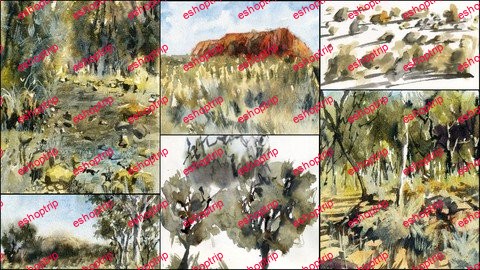
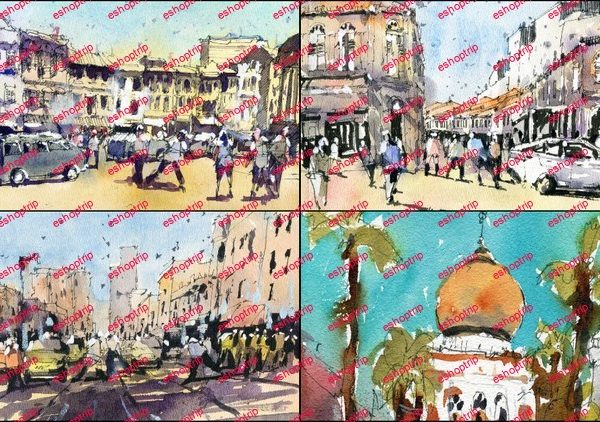

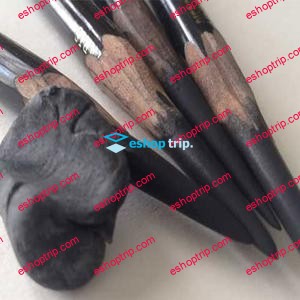

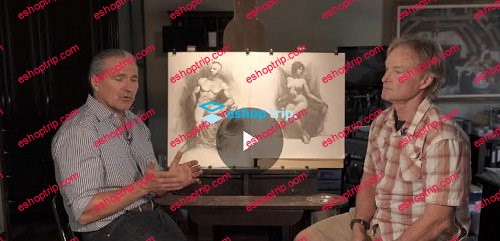


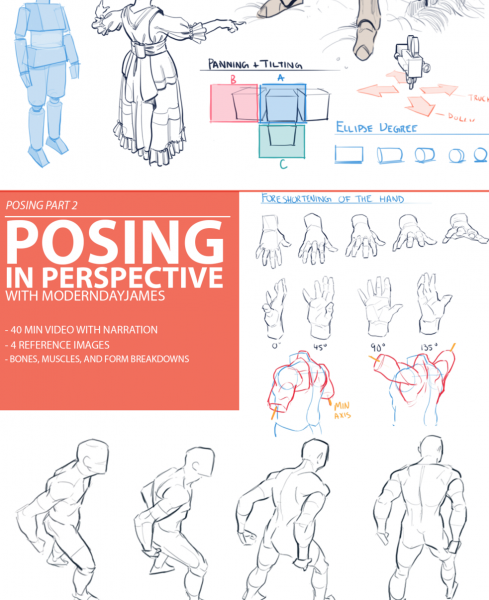
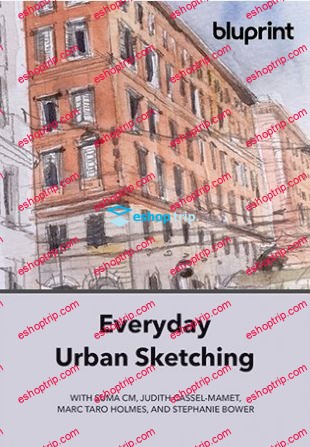
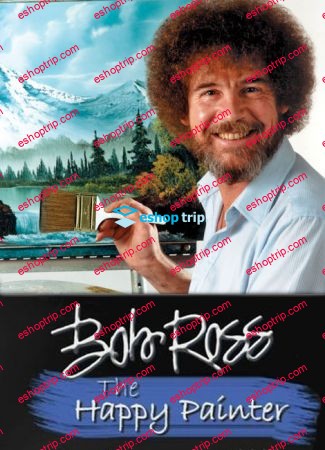
Reviews
There are no reviews yet.